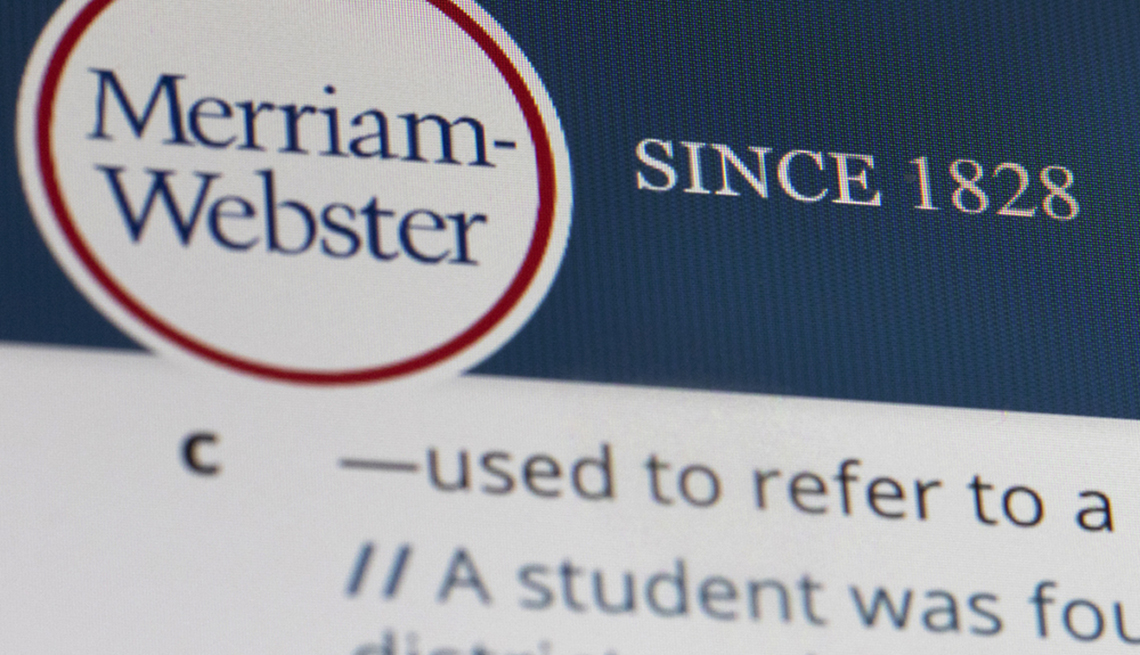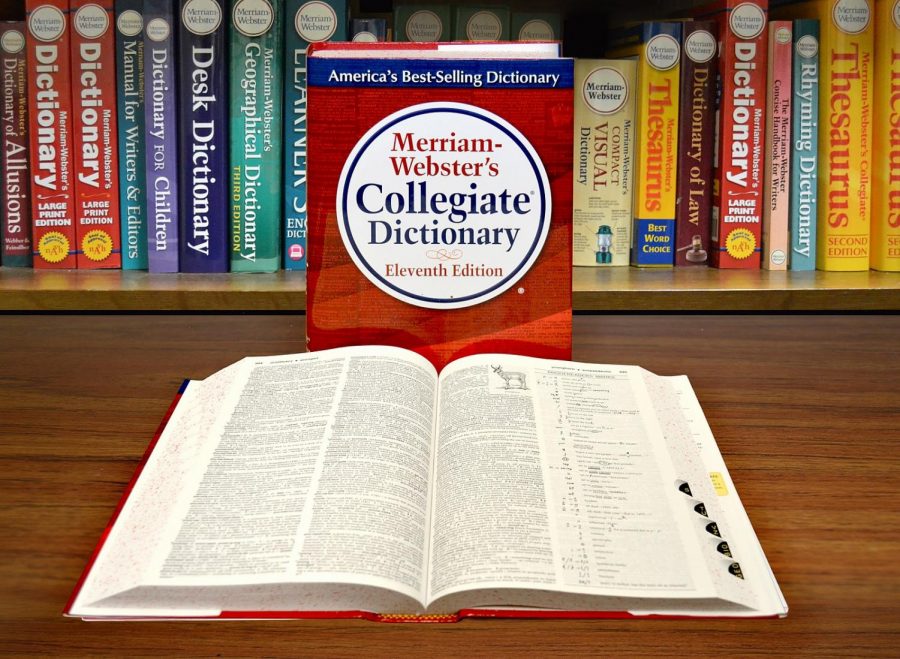The wordsmiths at Merriam-Webster just added 455 new entries to its dictionary, noting that our language is ever evolving as we adopt new technologies and adapt to cultural shifts.
For 2021, the lexicographers note the latest entries have been influenced, in some measure, by the pandemic, which has expanded the use of texting, messaging and other online communications that have contributed to “a vocabulary newly rich in efficient and abbreviated expression.” In other cases, ethnic and regional differences have added to the language.
“New terms and new uses for existing terms are the constant in a living language, and our latest list brings together both new and likely familiar words that have shown extensive and established use,” Merriam-Webster explained on its website.
Which of these new Merriam-Webster entries do you know?
1. TBH and FTW
Whether texting or tweeting, you’ve probably seen these abbreviations. TBH is short for “to be honest,” while FTW means “for the win.” The latter is often used in texts and tweets to express approval or support.
2. amirite
A slang word for “am I right.” Typically, it is tagged as a question onto the end of a statement in which the speaker is seeking support or consensus, such as: If you're good at something, never do it for free, amiright?

AARP Membership — $12 for your first year when you sign up for Automatic Renewal
Join today and get instant access to discounts, programs, services, and the information you need to benefit every area of your life.
3. faux-hawk
No, this is not a peacenik in militant clothing, but a hairstyle resembling a mohawk (à la Mr. T) in having a central ridge of upright hair but with the sides gathered or slicked upward or back instead of shaved (à la soccer star David Beckham).
4. dad bod
The slightly overweight and not extremely muscular physique regarded as typical of an average father. Though its first usage goes back to 2003, the extra time spent couch surfing (and less time spent in the gym) due to the pandemic has likely helped to popularize this disparaging description.
5. ghost kitchen
There’s nothing eerie about this phrase meaning “a commercial cooking facility used for the preparation of food consumed off the premises.” Although the concept predates the pandemic, many struggling restaurateurs used the model to deliver meals to homes when indoor dining wasn’t possible.
6. doorbell camera
Invented in 2011, this small camera (often with a built-in microphone and speaker) is connected to a doorbell and uses Wi-Fi to provide images and sound to a smartphone or other device.
7. air fryer
“An airtight, usually small electrical appliance for quick cooking of foods by means of convection currents circulated rapidly by a fan.” Philips introduced the Airfryer in September 2010 at a consumer electronics fair in Berlin, but it wasn’t until Christmas 2018 that the kitchen appliance became all the rage.
8. fluffernutter
“A sandwich made with peanut butter and marshmallow crème between two slices of white sandwich bread.” The term was introduced in a 1960 advertising campaign by Durkee-Mower, the manufacturer of Marshmallow Fluff — the marshmallow spread invented in Somerville, Massachusetts, in 1917.
Fun facts: Somerville hosts an annual “What the Fluff?” festival. NASA astronaut Richard Linnehan (born in nearby Lowell) ate a fluffernutter in 2011 while aboard the International Space Station. In 2014, Massachusetts lawmakers came close to naming the fluffernutter the state’s official sandwich.
Peter Urban is a contributing writer and editor who focuses on health news. Urban spent two decades working as a correspondent in Washington, D.C., for daily newspapers in Connecticut, Massachusetts, Ohio, California and Arkansas, including a stint as Washington bureau chief for the Las Vegas Review-Journal. His freelance work has appeared in Scientific American, Bloomberg Government and CTNewsJunkie.com.
Also of Interest
- 15 stars who celebrate their 50th birthday this year
- MTV's 40th anniversary: A look back at the music video stars
- 50 things over 50 we still love every day



